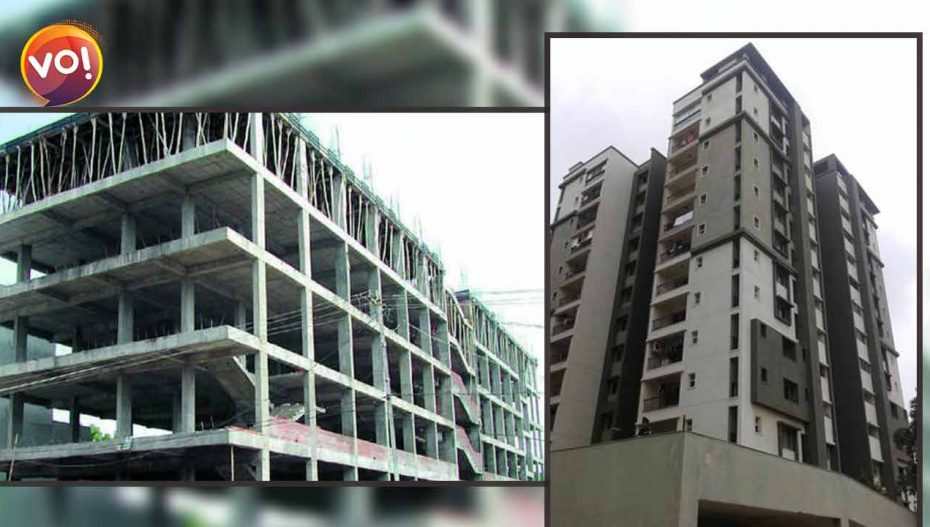A study conducted by the Gujarat Urban Development Department put forward its findings, Monday. The three-month sample survey covered 8,320 buildings – residential, commercial, high-rises, and special category buildings such as hospitals – across municipal corporations and nagarpalikas. Nearly 35% of the surveyed structures are without building-use (BU) permission, even as they remain in use, occupied and fully functional.
The reasons include addition of floors not listed in original plan, change of use of buildings and jurisdictional rights. However, some real estate groups are seeing this as a chance to round up some “fee.”
“Ahmedabad Urban Development Authority (AUDA) is known to levy unauthorized development fee and still not give BU permissions. Several of these buildings now have extra floors. Certain provisions of Clinical Establishments (Registration and Regulation) Act, 2010 cannot be overruled by AUDA,” shared a realty representative.
Significantly, if penalty measures were to be executed for such buildings, it would lead to extensive demolitions. In its recommendations to the state government, the urban development department has suggested an ordinance instead. Accordingly, certain “conditions” have been proposed to “legalise” the structure.
Elaborating on the same, a senior official in the department briefed: “The suggestions will be submitted to the High Court. The goal is minimum damage.”
The survey began in January and 1,050 buildings in Ahmedabad, 1,000 in Surat, 750 in Rajkot, and 800 in Vadodara were surveyed for BU permissions. Some key features examined included:
- the zone in which a property was located
- the width of the road in front of the property
- whether the land belonged to private individuals or has been allotted by the state
- the status of fire-safety compliance
- change of purported use of building
- health hazard standards
- status of civic utilities
In Ahmedabad, 32% of the 1,050 buildings surveyed did not have BU permissions. In all, 2,160 buildings were surveyed within nagarpalika limits, 5,600 within the eight municipal corporations, and about 560 under the urban development authority limits.













